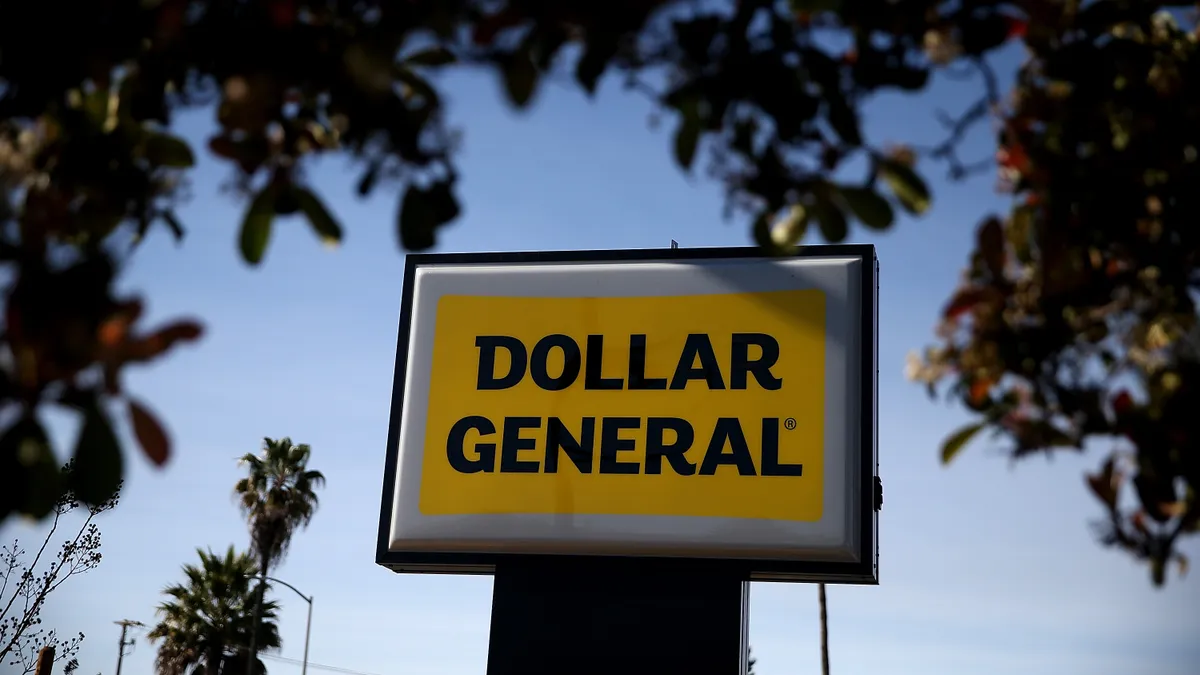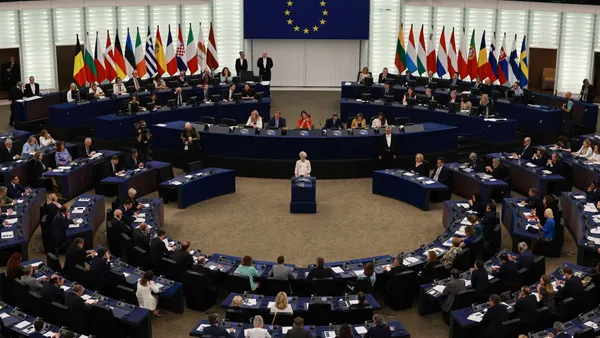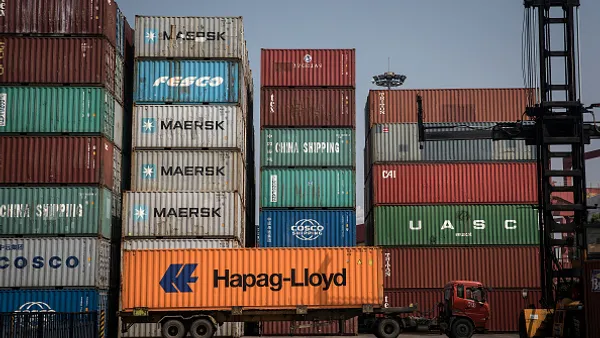Last week, Dollar General parted ways with CEO Jeff Owen and brought back Todd Vasos to the chief executive role. Vasos led the company as chief for more than seven years until retiring late 2022, with Owen — a decades-long veteran of the company — heading operations under him as COO beginning in 2019.
Several analysts pointed out last week that the move was made to stabilize the company and reassure investors after multiple quarters of operational shortfalls.
Among other issues, Dollar General experienced a surge in inventory during Owen’s tenure, even as many others in retail regained control of their stock levels.
After Q2, Owen signaled that Dollar General would face a $95 million hit to operating profits from markdowns as the retailer worked to quickly clear inventory, mainly in non-consumable categories. That came after inventory levels rose 8.6% YoY in Q2 and by more than 20% in Q1.
That is a rough performance for a company widely seen as a savvy operator selling low-priced products at a time when consumers are looking for relief from inflation.
Opportunity in out-of-stocks
It’s not just excess inventory the company has been wrestling with. Dollar General has also been working to improve out-of-stocks, especially in consumables, throughout the year. The capacity issues have indirectly cost the company more in labor for the company’s stores, which is set to increase by $50 million.
“At the store level, what's important is stability in the supply chain,” Owen said in August when asked by an analyst about the increased spending on retail labor. “And when you have stability in the supply chain, that leads to stability inside the store.” He also acknowledged the company’s supply chain has been challenged in recent years.
On the same earnings call, Owen also said that in-stocks had returned to levels had returned to levels seen prior to capacity issues that plagued the company in 2022.
But according to analysts with J.P. Morgan, the incoming CEO thinks there is room for improvement.
“Vasos sees the primary execution issue across stores today tied to a lack of consistent in-stocks leaving sales on the table,” the analysts, led by Matthew Boss, said in an emailed note based on a conversation the J.P. Morgan team had with the returning CEO.
Vasos also told the analysts that Dollar General’s in-stock levels were currently worse than the second half of 2022, and that 90% of out-of-stocks were mainly in core domestic goods that had lead times of only two to four weeks.
Along with adding labor to stores, Dollar General has made several efforts of late to bolster its supply chain and add capacity, among them: opening new distribution centers, including its first dual-use facility that includes its fresh products and an automated distribution center; expanding its private trucking fleet; and the company also recently promoted Rod West into an EVP role overseeing Dollar General’s supply chain.
Trying to tame inventory shrink
Inventory shrink — which includes inventory lost to theft as well as through operational and administrative hiccups — has also weighed on Dollar General’s profitability. The retailer anticipates a $100 million headwind from shrink as the issue worsens, Owen said in August.
At the time, Owen said the company was tackling the problem by reducing its inventory position, refreshing and refining its processes, using additional tools and technology, and improving execution in stores.
Shrink is another area where Vasos is looking to make changes. The incoming CEO told the J.P. Morgan team he plans to monitor in-store inventory levels in real time as opposed to once a year. That, in turn, could lead to immediate differences in on-shelf availability, and would change the company’s planning and accounting processes.















